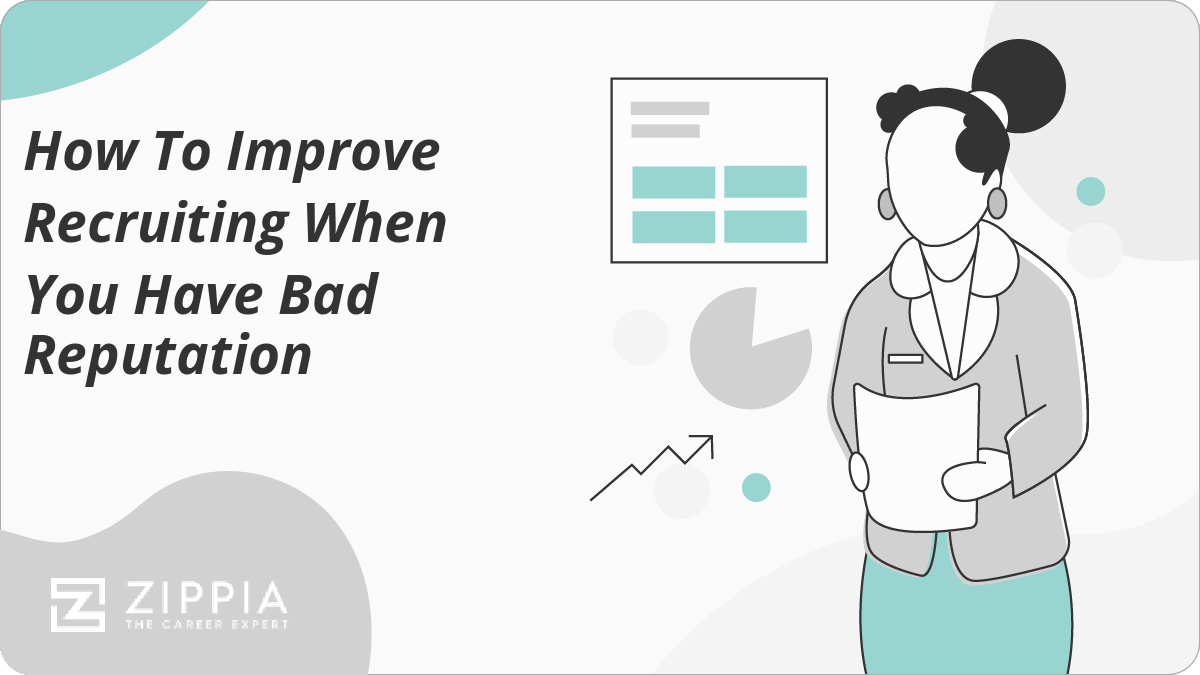Recently, we set out to round up the best tools for modern recruiters. We specifically wanted to look at the unique workflows of independent and internal, agile recruiters for small brands.
Let’s take a look at the seven stages that make up the modern recruiting process and the goals for each stage.
Key Takeaways
-
Start by researching the recruitment market and establishing what type of candidate you’re looking for.
-
Balance automating tasks with communicating with candidates yourself.
-
Consider verifying candidates’ skills if you’re hiring for a technical position.

The Seven Stages of the Modern Recruiting Workflow
-
Understanding the Market and What Competitors Offer Talent
With a brand new requisition in hand, you probably feel the thrill of the hunt start to kick in. You want to make the perfect hire and you may jump right into a selection of candidates you have in mind.
But for most recruiters, the first step is gaining that base-level understanding of the market for the position. We call this stage “Mapping and Tapping” — wherein you map the market, learning the value and competition for the position you’re looking to fill, and then tap candidates ‘on the shoulder’ from competitors or your own pipeline.
What you’re looking for in this stage are tools that help you understand what the average salary or market conditions look like for a particular position as well as those that will look at the intangibles — the culture, perks, and benefits of competitive organizations and how your job listing will perform in comparison.
-
Building Your Ideal Candidate Profile
More and more companies are hiring for culture and the expectations for recruiters include finding someone who will not only perform the job duties well — but also be a strong “fit” for the organization.
If you want to set yourself apart as an independent or startup recruiter, consider asking your client or employer about a team member that they feel represents the organization’s culture.
Is this rockstar autonomous or team-oriented? Are they outgoing or introverted? What about this employee specifically speaks to the culture that exists (or even the culture they want to grow)?
This is also a great place to include skills, experience, and specific behaviors or attributes that will set apart the ideal candidate — especially if they differ from the minimum requirements.
Another way recruiters build profiles to support their search for the ideal hire is to look for rockstars from competitive organizations.
-
Sourcing Candidates by the Hundreds
Sourcing isn’t new to recruiting — but by using a toolbox of great resources, it can be done with amazing efficiency online. Many tools can help you get closer to automating the sourcing process.
If you’re on the hunt for active candidates, the standard job listing still works for some roles. You can gain an edge of speed and efficacy by using a tool that gives access to hundreds of job boards with one click.
If you’re sourcing passive candidates, you might find your work without the support of technology quite a bit more difficult. In the 2015 LinkedIn Talent Trends report, 75 percent of 18,000 full-time employees surveyed considered themselves passive candidates, however, only 61 percent of companies said they focus on recruiting passive candidates.
There are many tools that can support you in your search for the “already employed” passive candidate unicorn.
-
Getting Contact Information at Scale
When it’s time to reach out to contenders to schedule interviews, you may or may not have all of the necessary information you need to make contact.
We include 5 tools in the e-book that can help you get email addresses from social media or social media profiles from email addresses so you can have multiple touch points with any candidate on your list.
-
Reaching Out to Candidates
Most recruiters work in this field because they have people skills they want to put to good use. While smart tools can set you up for success, personal outreach can still make or break any recruiter.
Using automated scheduling software, advanced email analytics, and calendar tools, you can build a support system that can help you make the most of the people skills you pride yourself on.
-
Screening and Interviewing Candidates
By now, your candidate pool is narrow and includes only a shortlist of top, interviewable candidates.
While you may still be conducting interviews over the phone, video interviewing can give you a leg up and help you feel more confident trusting your gut instincts.
-
Verifying Skills and Experience
While independent recruiters don’t typically have a ton of involvement in skills verification, if you’re hiring for technical skills, you may want to ensure return business by doing some initial verification yourself.
Whether you’re hiring for roles like web and software developers or still-emerging fields like content or social marketing, some initial testing can be done to separate the wheat from the chaff.
Recruiting Workflow FAQ
-
What are the seven stages of recruitment?
The seven stages of recruitment are:
-
Understanding the market and your competitors.
-
Building your ideal candidate profile.
-
Sourcing candidates.
-
Gathering candidates’ contact information.
-
Reaching out to candidates.
-
Screening and interviewing candidates.
-
Verifying skills and experience.
What is the HR recruitment cycle?
The HR recruitment cycle is the process of recruiting, interviewing, and hiring a new employee.
Each of these stages within the cycle has several steps that help ensure the right employee is hired.
What is a 180 role in recruitment?
A 180 role in recruitment is a role that focuses on either business development or candidate generation.
Recruiters traditionally cover both of these responsibilities, but 180 recruitment splits them into two separate jobs.
- Recruitment Strategies
- Talent Acquisition
- Recruiting Methods
- Social Media Recruitment Strategy
- Making a Recruitment Video
- Sourcing Talent
- Social Media Recruitment Strategy
- Talent Attraction Strategies
- Recruitment and Selection Policy
- Recruitment Goals and Objectives
- Linkedin Recruitment Tips
- Career Fair Checklist
- How To Add Value As An In-house Recruiter
- Linkedin Recruiting Secrets
- The Myth Of Guaranteed Placement
- How To Source Multi-generational Talent
- The Recipe For Great Recruitment
- Why Sourcing Isn't Recruiting
- How To Build A Talent Pipeline On Linkedin
- The Modern Recruiting Workflow
- How To Wite Cold Emails To Passive Candidates
- Essential Recruiting Metrics
- How To Recruit Talent At A Conference
- Cold Recruiting Emails To Candidates
- How To Maintain An Active Talent Pool
- How To Write LinkedIn Messages To Candidates
- Recruiting Metrics That Matter
- How Blind Hiring Can Contribute Workplace Diversity
- Why Internal Recruitment Is The Best Place To Start
- Recruiting Alternatives Linkedin
- How To Create A Recruitment Plan





